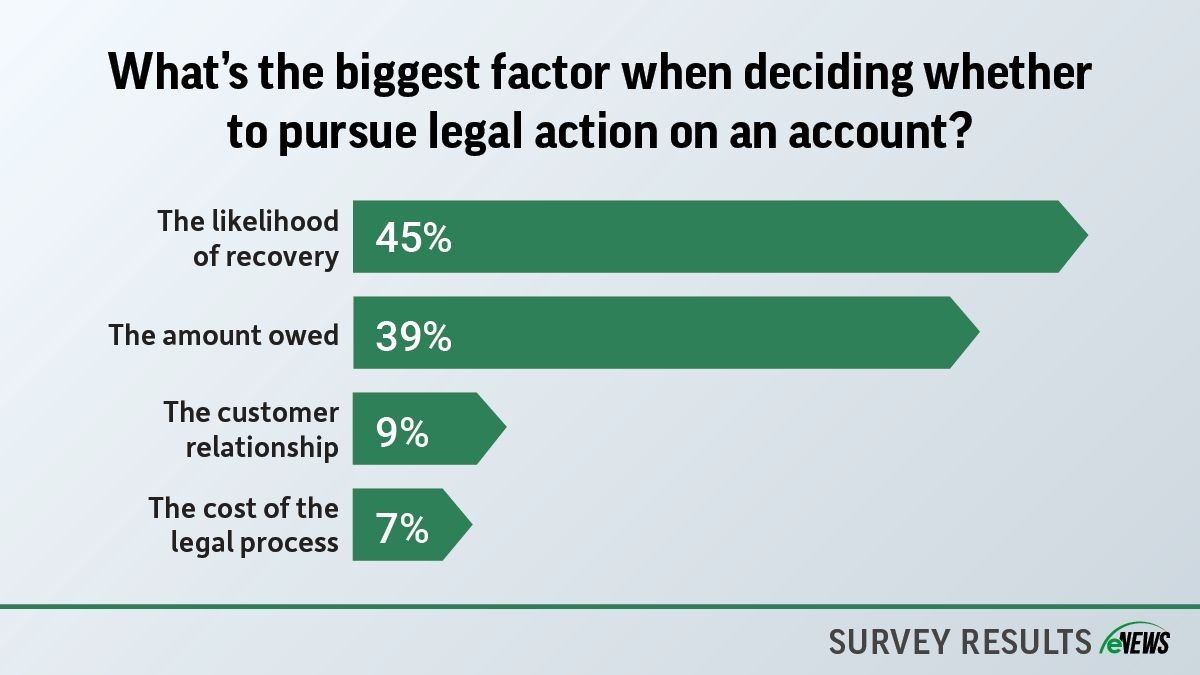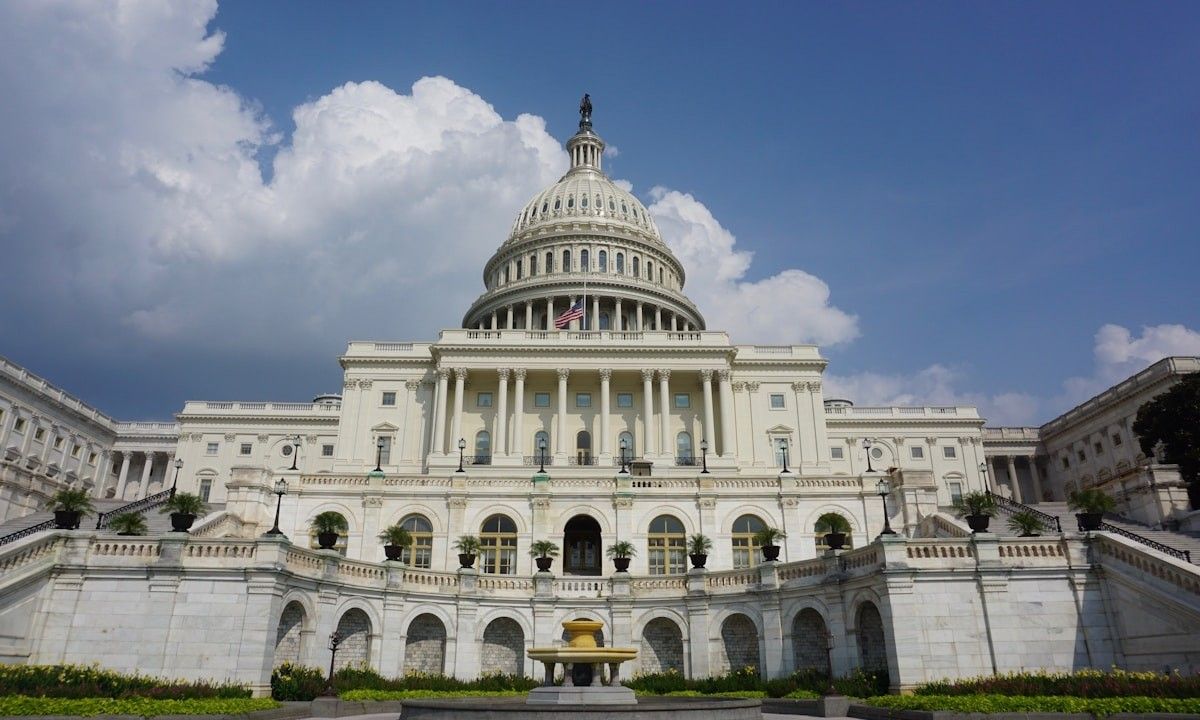Economy, eNews
High interest rates impact debt collectability

Inflation levels remain above the Federal Reserve’s target rate of 2%. The latest figures show U.S. inflation sitting at 3.36%, but business and consumer sentiment would suggest that prices are much higher.
After falling for much of last year, inflation accelerated again at the start of 2024, reducing the likelihood of early rate cuts. The Fed’s next interest-rate meeting is set for June 11, and the overwhelming consensus of economists is that there will be no rate cuts from the current level of 5.25% to 5.5%.
Why it matters: Interest rates determine the cost of borrowing and the ability of debtors to meet their financial obligations. High interest rates not only impact a debtor’s ability to repay their debts, but also create higher difficulty for collections.
- Debt repayment. High interest rates increase the cost of servicing current debts, which can lead to higher monthly repayments. Because of this, customers or debtors will be strained on meeting their financial dues, which can lead to more delinquencies.
- Sustained inflation. As the global economy still navigates uncertainty, economists expect most financial outlooks to be stretched by sustained higher interest rates.
- Slowing consumer spending. Consumer spending is expected to slow down this year, as many cannot afford to keep up with inflated interest rates and prices paired with increased debt balances.
- Increased scrutiny of collections. As interest rates and inflation weigh on debtors, there will continue to be more pressure on collection functions.
- Overall credit risk. High interest rates can increase the risk of default for both commercial and consumer borrowers. It is important for credit managers to assess the creditworthiness of both new and existing customers in times of economic volatility.
To combat ongoing inflation, the Fed raised interest rates 11 times between March 2022 and July 2023. But even as inflation starts to inch slightly lower, the Federal Open Market Committee (FOMC) said it wants more positive data before cutting rates. Some economists even believe interest rates will not move until March 2025.
What they’re saying: “With higher interest rates and risks in the marketplace, lending has gotten a little tighter,” said NACM Economist Amy Crews Cutts, Ph.D., CBE. “The kind of lending done by credit managers is different in that they are not underwriting a loan but underwriting the ability to do business. Interest rates affect the decision of how much to lend and who to lend to because the cost of financing for the company has gone up, and it means a delay in payment costs you more money.”
For credit managers who have accounts beyond terms, there is likely an interest expense incurred on that customer. For example, the losses from that account are increasing not because you have not collected the money, but because there is no interest being earned on it.
“The marketplace now depends on what your penalties are for going beyond terms,” said Cutts. “It affects the collections in the sense that it may make your decision in a higher interest rate environment to flip a delinquent account over to collections faster than you might otherwise because your cost of funds is higher.”
Cash flow is now as crucial to you as it is to the customers who owe you payments. As you approach the end of a contract with a customer, consider the impact of inflation. Costs may have significantly increased by then. For instance, if costs have risen by 20%, you could end up with zero profit. This situation ultimately affects the credit manager’s ability to inform suppliers about delayed payments.
“Many respondents in the Credit Managers’ Index (CMI) said cash flow is a major problem right now,” added Cutts. “A lot of customers are trying to protect their cash and the way they are managing that is by asking for extended terms. Collections in the survey indicates to me that until you lower the hammer on these guys, you’re not getting paid.”
Zoom out: From a global perspective, the economy is expected to continue to grow at a modest pace in 2024, with steady GDP growth of 3.1%, according to the OECD. The IMF’s World Economic Outlook (WEO) also projected global headline inflation to fall to 5.8% this year.
Fred Dons, global head of structured trade finance at Aria Commodities (Zug, Switzerland), has seen longer payment terms being sought in countries such as Argentina and Turkey. “Where we used to have 30-day terms, 60 to 90 days is now the new average,” Dons said. “If you have short periods of time such as 30 days with high inflation, it’s expensive but it’s still doable. However, if you’re going to go beyond 180 days or even up to 360 days, it will be near impossible to repay.”
Dons recommends keeping terms as short as possible, even for inland exports. “Though the U.S. has inflation under some control right now, other countries such as Egypt and Argentina are still at 200%. If you’re shipping within the U.S. on an open account basis, keep it as short as possible, especially if they only produce goods locally.”
The best ways to take precautions and mitigate risk are to keep communication and KYC practices at the forefront with customers. Communicate with them early and often, offer incentives for early payment where you can and try to automate your receivables process.
“Try to find out what the interest rate is and whether the margin is sustainable,” said Dons. “Check upfront with what your actual costs are going to be and do a lot of research if you’re doing business with a country, you haven’t done business with before.”
The bottom line: Due to ongoing inflation levels above the Federal Reserve’s target rate, high interest rates are impacting debt repayment, increasing credit risk and necessitating more careful management of cash flow and customer terms.





